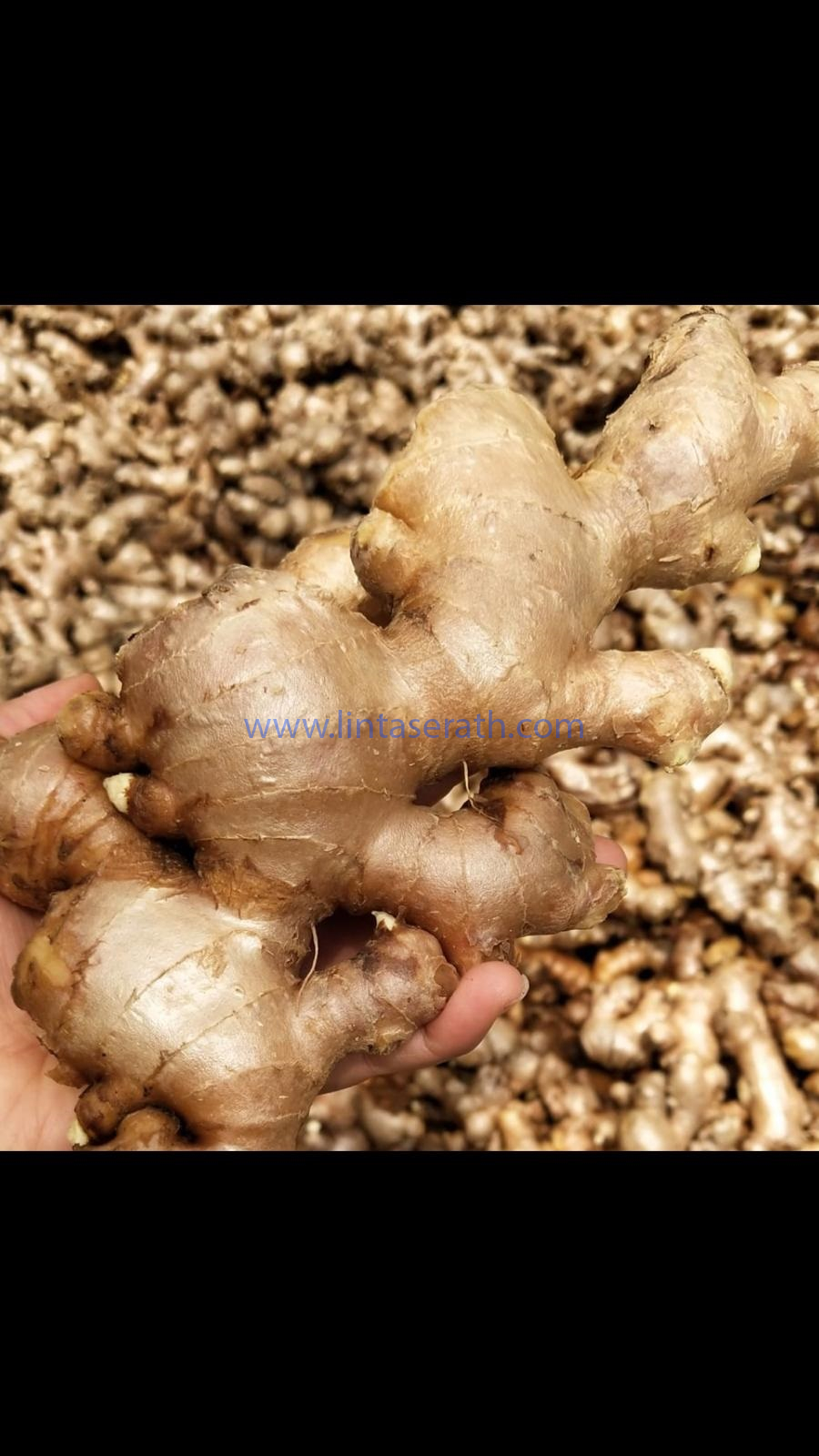Ginger gives its dynamism to sweet and savory food and drinks across a wide variety of cuisines. In Indian, Caribbean, and Asian cuisines, fresh ginger root is contained in many kinds of seafood, meat, and vegetable dishes. In Western cuisine, Fresh Ginger Exporters believes that ground ginger frequently gives a note of spice to cookies, conserves, and short pieces of bread, along with drinks such as ginger ale and tea.
Let’s look at some varieties of ginger and some more information about ginger that you need to know.
What Does Ginger Taste Like?
The taste of Fresh Ginger Exporter’s fresh ginger is a little spicy and sweet, with an intense and spicy aroma. Much like garlic, fresh ginger matures with cooking and turns vicious if burned. The ground procedure is not as intensely flavored but has a warm bite and a little sugariness. Ground ginger is usually used in desserts and is not easily exchanged with fresh ginger.
Varieties of Ginger
Ginger has diverse uses depending on the form and range.
- Ground ginger: these types of ginger are also known as powdered ginger. It is dried out and ground ginger root. It is willingly accessible in superstores and is used mainly in sweets and curry mixes.
- Fresh ginger: it is a variety that is sub-divided into two forms: young and mature. The young roots are also known as green or spring ginger, which is very tender, having pale, thin skin that needs no peeling, and has a warmer flavor. It is mainly used in every type of cooking as it can be chopped, grated, or julienned for use.
- Mature ginger: this type of ginger root has a rough skin that must be unpeeled away to get to the rubbery flesh and is usually chopped, grated or ground for use. If you sign a blue ring after cutting fresh ginger, do not be worried. It is not mildew or fungus. It is simply a Hawaiian variation of ginger known as blue-ring ginger and Chinese white ginger. This variation is reflected superior for its ripeness and bright flavor. They are also more extensive rhizomes and usually cleaner but also usually more expensive.
- Dried ginger: the dired ginger is usually present in whole fingers and also in slices. It is typically soaking in a watery recipe before using and isn’t tough to dehydrate at home.
- Pickled ginger: In Japan, pickled ginger is famous as gari or beni shoga. It is preserved in sweet vinegar and is typically colored lively red or pink. It is a familiar supplement to sushi, and it consumes to restore breath. Accessible at Asian markets, it should be reserved refrigerated in its container.
- Preserved ginger: this type of ginger is usually available in Asian and domain markets. This variety usually mixes in a sugar-salt mixture. It is traditionally used as a sweet or added to desserts, and it is particularly good with melon.
- Crystallized or candied ginger: the candied ginger variety has been cooked in a sugar syrup until warm and then coated with ground sugar. It is usually used in desserts and can quickly be composed at home.

